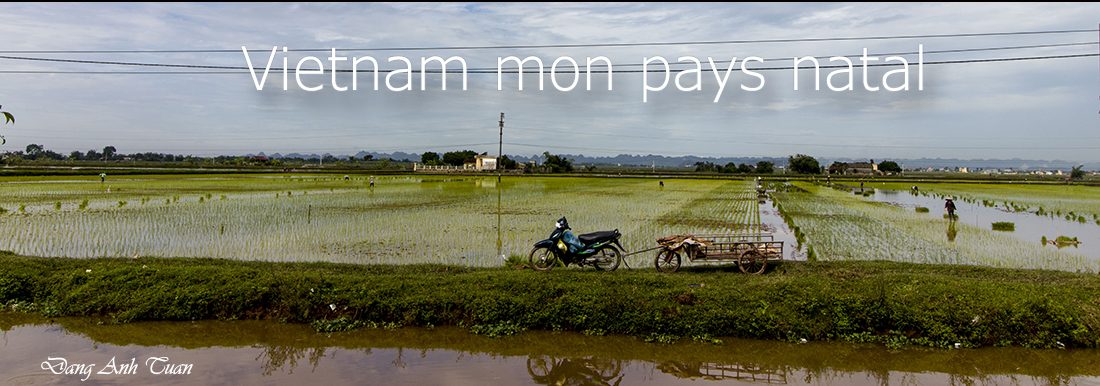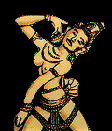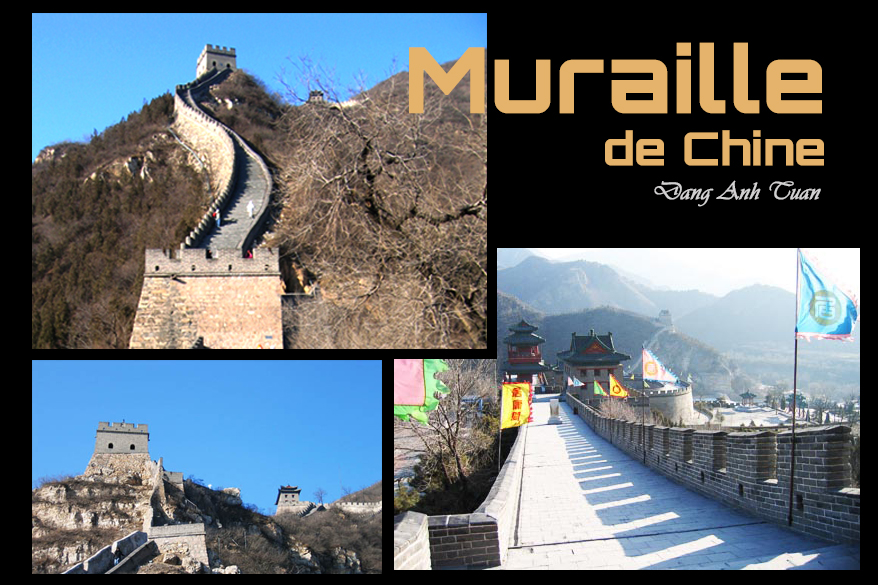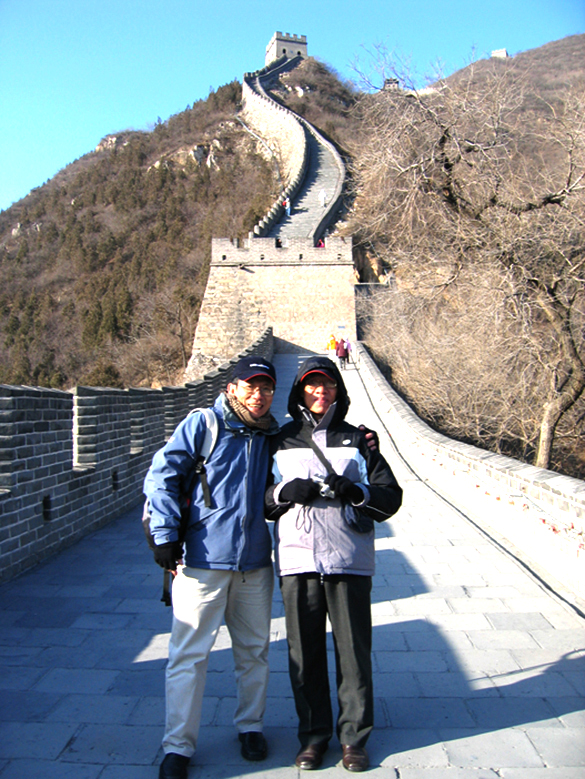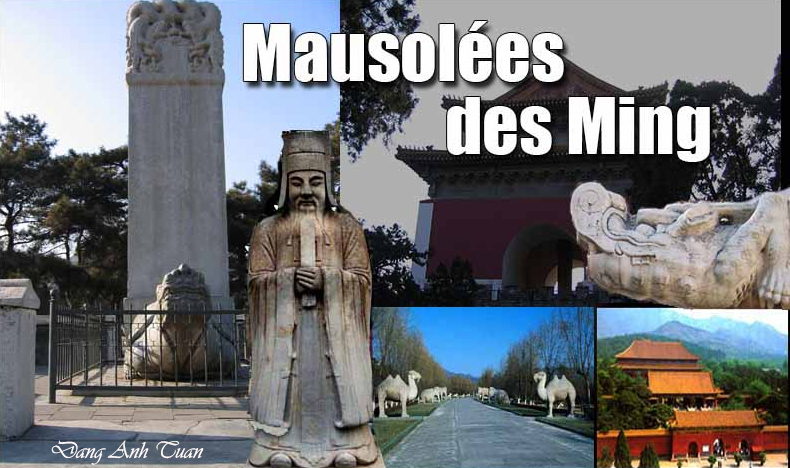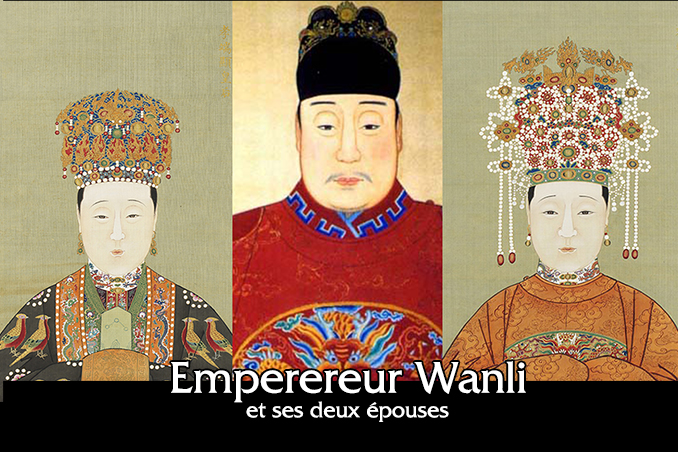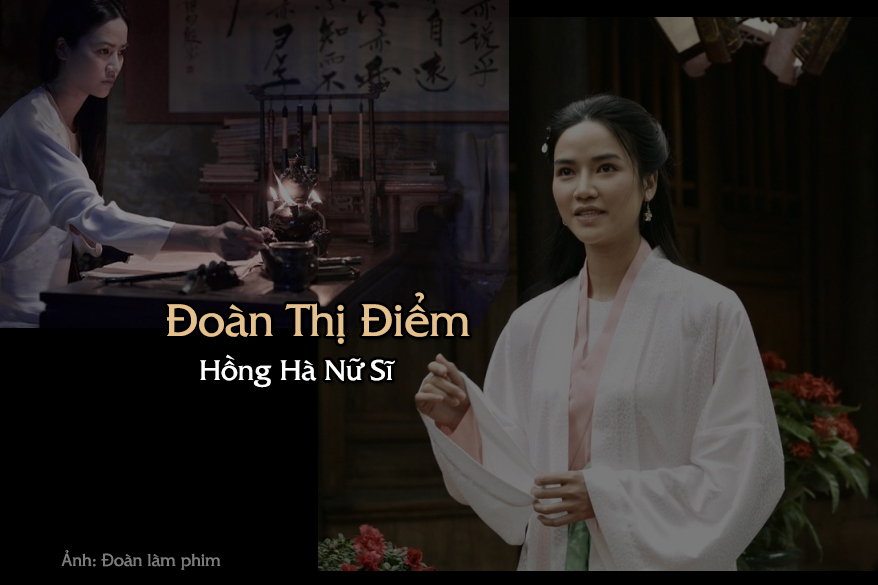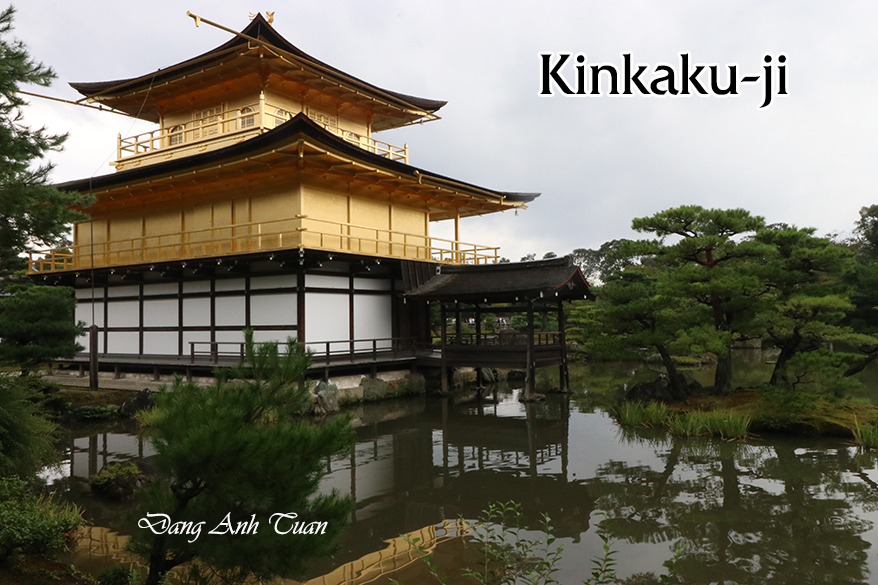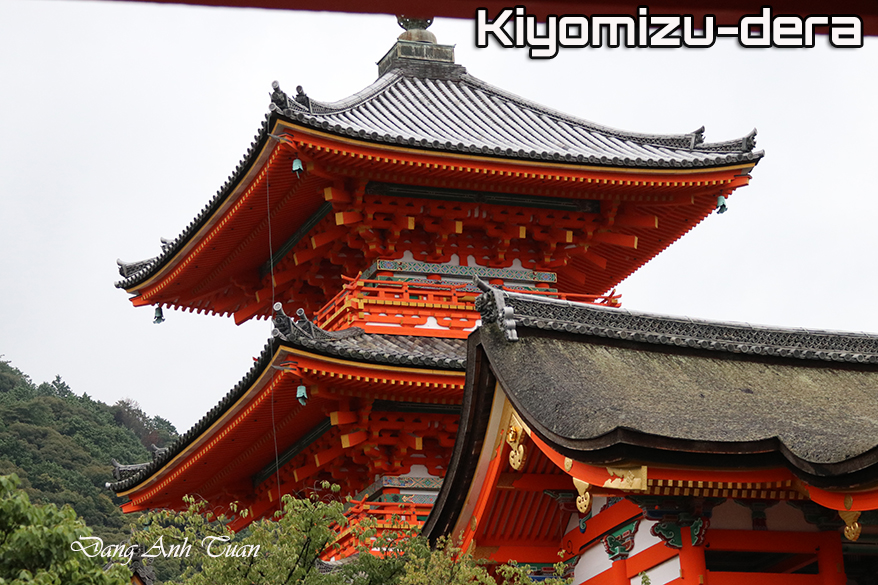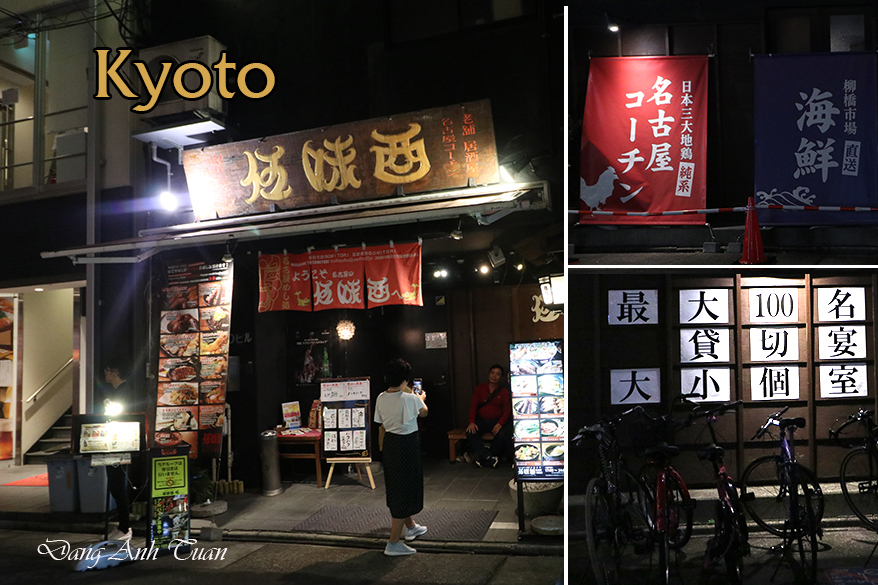Các thực vật máu nóng
Giống như các động vật máu nóng, các hoa của một số loài thực vật có thể tỏa ra một số lượng nhiệt rất lớn lúc thời kỳ đang nở như các loài chim và các côn trùng đang lượn bay trên không gian. Những loại cây này có thể điều chỉnh được việc sản xuất nhiệt và giữ liên tục nhiệt độ một cách ổn định dù có sự biến động của nhiệt độ không khí. Sự kiện tự nhiên phức tạp này đã được giáo sư động vật học Roger Seymour của Đại học Adelaide đề cập đến trong bài viết “Thực vật máu nóng” với 3 loài thực vật như sau: Philodendron selloum, bắp cải chồn hôi (hay Symplocarpus foetidus) và hoa sen (Nelumbo nucifera) . Đối với ông, hiện tượng này không có gì mới lạ cả vì nhà tự nhiên học lừng danh Jean-Baptiste Lamarck đã báo cáo vào năm 1778 rằng cây arum châu Âu (cây chân bê) trở nên nóng khi ra hoa. Các loại cây khác thuộc họ Araceae, chẳng hạn như hoa hồng môn (anthurium), hoa bắp cải chồn hôi thuộc cũng có khả năng nóng lên, giống như hoa súng vùng Amazone hay quốc hoa của chúng ta, hoa sen đấy. Ở các loại cây có hình dáng chân bê thì sự sản xuất năng lượng của tế bào diễn ra ở trong ty thể (hoặc các bào quan giữa các tế bào). Năng lượng này đến từ sự phản ứng của oxy và các phân tử năng lượng, rất cần thiết cho các hoạt động của tế bào hoặc trong việc sản nhiệt (thermogenèse). Chúng ta nhận thấy rằng điều này có liên quan chặt chẽ đến việc tiêu thụ oxy qua các cuộc thí nghiệm thực hiện. Thật rất ngạc nhiên khi thấy những bông hoa của các cây này có thể điều chỉnh nhiệt độ khi thời tiết lạnh. Từ những thí nghiệm của Roger Knutson ở trường Luther của tiểu bang Iowa, chúng ta mới biết rằng cây bắp cải chồn hôi có thể duy trì nhiệt độ từ 15 đến 24°C ít nhất trong hai tuần vào cuối mùa đông mặc dù nhiệt độ bên ngoài vẫn còn âm. Điều tương tự nầy cũng xảy ra với loài hoa sen của chúng ta. Loài hoa nầy có thể duy trì nhiệt độ ở khoảng 32°C trong 2 hoặc 4 ngày vào giữa thời kỳ hoa nở vào mùa hè khi nhiệt độ không khí xuống dưới 10°C. Đối với các loài chim và các động vật, việc điều chỉnh nhiệt độ rất cần thiết để cho phép chúng có thể hoạt động tiếp tục tìm kiếm thức ăn khi lạnh làm chậm đi sự phản ứng tế bào và hoạt động của các động vật có máu lạnh.
Ngược lại sự điều chỉnh nhiệt độ ở các loại thực vật máu nóng có hữu dụng gì? Đối với các nhà thực vật học, việc điều chỉnh nhiệt độ nhằm tạo ra điều kiện thuận lợi cho việc bốc hơi các chất có mùi mật để thu hút các côn trùng thụ phấn. Nhưng điều này không có chứng minh đựợc nhiệt độ tăng hay giảm tùy theo nhiệt độ cơ thể. Hiện nay có hai giả thuyết về sự điều hòa nhiệt độ của các loài thực vật có máu nóng? Giả thuyết thứ nhất là hoa cần nhiệt độ ổn định để bảo vệ các cấu trúc sinh sản hoặc các bộ phận trọng yếu của nó để khỏi bị thiệt hại từ việc sản xuất nhiệt độ không kiểm soát được.
Còn giả thuyết thứ hai thì tạo điều kiên cho thực vật sinh sản được tốt hơn nhờ có được một môi trường ổn định và thuận lợi cho các côn trùng thụ phấn. Đối với những con côn trùng nầy, việc lượn bay và di chuyển phấn hoa đi lại là những hoạt động đòi hỏi có một nhiệt độ cơ thể cao với mức giá làm tiêu hao năng lượng đáng kể. Đó là lý do tại sao nhờ có môi trường ấm áp và ổn định của những thực vật này mà những con côn trùng thụ phấn có thể tận dụng hưởng được tiện nghi ở trong hoa để giao phối, ăn, tiêu hóa và làm nhiều việc khác không cần hoang phí năng lượng riêng tư của mình trong việc giữ nhiệt độ cơ thể. Các tác động qua lại của thực vật Philodendron selloum với các côn trùng thụ phấn được quan sát bởi Gerhard Gottsberger của Đại học Ulm ở Ba Tây phù hợp hoàn toàn với giả thuyết thứ hai này. Cũng như Philodendron selloum, hoa sen bắt đầu điều chỉnh nhiệt độ giữa lúc hình thành nụ và sự nổ rợ các cánh hoa của nó khi côn trùng xâm nhập vào bông hoa. Sự điều hòa nhiệt độ sẽ chấm dứt khi các cánh hoa nở rộ hoàn toàn. Sau khi thụ phấn, các cánh hoa lại rụng đi còn lại đế hoa, nơi chứa các hạt lại bắt đầu phát triển với cấu trúc xốp của nó màu vàng dễ trông thấy. Bộ phận này chính là cơ quan tạo ra nhiệt chính. Hoa sen giữ nhiệt độ gần như không đổi bằng cách tăng lượng oxy khi không khí ở ngoài lạnh và giảm đi khi không khí lại nóng. Các thực vật máu nóng là một minh chứng tuyệt vời cho thấy sự quan tâm của các nhà nghiên cứu về những điểm tương đồng đáng chú ý giữa động vật và thực vật mặc dù trên thực tế cả hai loại sinh vật này không có nhiều điểm chung cả.
Comme les animaux à sang chaud, les fleurs de certaines plantes peuvent dégager une grande quantité de chaleur au moment de leur floraison comme les oiseaux et les insectes en vol. Ces plantes sont capables d’ajuster la production de chaleur et maintenir la température aussi constante que possible malgré les fluctuations de la température de l’air. Ce fait naturel complexe a été évoqué par le professeur de zoologie Roger Seymour de l’université d’Adelaide dans son article intitulé « Des plantes à sang chaud » avec les trois plantes suivantes : Philodendron selloum, Chou des mouffettes (ou Symplocarpus foetidus) et le lotus sacré (Nelumbo nucifera). Pour lui, ce phénomène n’est pas nouveau car l’illustre naturaliste Jean-Baptiste Lamarck avait signalé en 1778 qu’un arum européen (cây chân bê) devint chaud lorsqu’il fleurissait. D’autres plantes faisant partie de la famille des aracées comme le chou des mouffettes ont aussi la capacité de s’échauffer ainsi que le nénuphar de l’Amazonie ou notre fleur nationale, le lotus. Chez les arums, la production d’énergie des cellules a lieu dans les mitochondries (ou les organites intracellulaires). Étant issue de la réaction d’oxygène et des molécules énergétiques cette énergie est indispensable aux activités cellulaires ou à la production de chaleur (thermogenèse). On constate que grâce aux expériences réalisées, cette dernière est liée étroitement à la consommation d’oxygène. Quelle surprise de voir les fleurs de ces plantes réussissant à assurer la régulation thermique quand le temps est froid. C’est par les expériences effectuées par Roger Knutson du collège Luther de l’Iowa que le spadice du chou aux mouffettes pouvait maintenir sa température entre 15 et 24°C durant au moins deux semaines vers la fin de l’hiver malgré les températures encore négatives à l’extérieur. Idem pour notre lotus sacré qui pouvait maintenir sa température aux alentours de 32°C pendant 2 ou 4 jours au milieu de sa période de floraison estivale lorsque la température de l’air est inférieure à 10°C. Pour les oiseaux et les animaux, la régulation thermique s’avère nécessaire afin de les permettre de rester actifs pour continuer à chercher la nourriture lorsque le froid ralentit les réactions cellulaires et l’activité des animaux à sang froid.
Par contre à quoi sert la régulation thermique pour les plantes à sang chaud? On sait que les plantes ne s’accouplent pas et ne se déplacent pas et que la nature rejette l’auto fécondation. C’est pour cela qu’il faut donc un moyen pour transporter le pollen vers les ovules des autres fleurs. Les plantes ont besoin ainsi des insectes pollinisateurs. Pour les botanistes, la régulation thermique a pour but de faciliter l’évaporation des substances odoriférantes (nectar) permettant d’attirer des insectes pollinisateurs et de les faire butiner. Mais cela ne justifie pas que la production de chaleur est augmentée ou diminuée en fonction de la température ambiante. Il y a aujourd’hui deux hypothèses soulevées dans la régulation thermique des plantes à sang chaud ? La première hypothèse s’appuie sur le fait que la fleur a besoin d’une température constante pour protéger ses structures reproductrices ou ses parties sensibles des dommages pouvant être provoqués par une production de chaleur incontrôlée. Quant à deuxième hypothèse, cela favorise la reproduction végétale grâce à la création d’un environnement stable et chaud pour les insectes pollinisateurs. Pour ces derniers ayant besoin de transporter le pollen, le vol et les déplacements, ce sont des activités nécessitant une température corporelle élevée au prix d’une dépense énergique importante. C’est pour cela que grâce à cet environnement stable et chaud mis en place par ces plantes, les insectes pollinisateurs pourraient profiter de ce confort chauffé dans la chambre florale pour s’accoupler, manger et vaquer à diverses occupations dans la fleur sans avoir besoin de gaspiller leur propre énergie dans le maintien de leur température corporelle. Les interactions de Philodendron selloum et des insectes pollinisateurs observées par Gerhard Gottsberger de l’université d’Ulm au Brésil sont en faveur de cette deuxième hypothèse. Analogue à la plante Philodendron selloum, le lotus commence à réguler sa température entre la formation de son bouton et l’épanouissement de ses pétales quand les insectes s’introduisent dans la fleur. La régulation thermique cesse lors de l’épanouissement entier de ses pétales. Après la pollinisation, les pétales tombent et le réceptacle qui contient les graines commence à se développer avec sa structure spongieuse jaune visible. C’est le principal organe générateur de chaleur. La fleur du lotus garde quasi constante sa température en augmentant sa consommation d’oxygène lorsque l’air est froid et en la réduisant lorsque l’air se réchauffe. Les plantes à sang chaud sont une excellente démonstration de l’intérêt porté par les chercheurs sur les ressemblances remarquables entre les animaux et les plantes malgré que ces deux catégories d’organismes n’ont pas grand-chose en commun.
Bibliographie
Marc Gibernau, Denis Barabé :Des fleurs à sang chaud. POUR LA SCIENCE – N° 359 SEPTEMBRE 2007.
R.S . Seymour et P. Schultze-Motel: Thermoregulating Lotus flowers in Nature vol 383, p 305, 26 Septembre 1996
